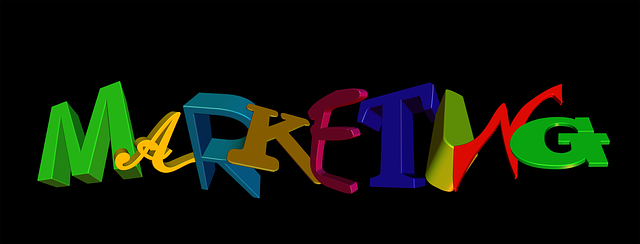AI team wellness analytics dashboards are transforming how organizations monitor employee satisfaction and engagement. By analyzing online activity, event attendance, and feedback, these tools provide HR professionals with a comprehensive view of an organization's wellness culture, identifying trends, predicting burnout, and enabling proactive initiatives to create fulfilling workplaces where every team member feels valued and supported. These dashboards leverage machine learning algorithms to present data intuitively, facilitating real-time discussions about key metrics like satisfaction levels, participation rates, and stress indicators, ultimately enhancing overall team wellness.
Automated systems are transforming how we track member engagement trends, leveraging AI for precise data collection and insightful analysis. In today’s digital era, understanding employee interactions is paramount for fostering optimal team wellness. This article explores the multifaceted approach of AI in team wellness analytics, highlighting its role in enhancing employee satisfaction. We’ll delve into how intuitive dashboards serve as visual tools for effectively communicating engagement trends, enabling organizations to make data-driven decisions and cultivate thriving work environments.
- Understanding Member Engagement: The Role of AI in Data Collection
- Team Wellness Analytics: Unlocking Insights for Improved Employee Satisfaction
- Dashboards as Visual Tools: Communicating Engagement Trends Effectively
Understanding Member Engagement: The Role of AI in Data Collection

Understanding member engagement is crucial for any organization, and artificial intelligence (AI) is transforming how teams collect and interpret data. By leveraging AI algorithms, organizations can analyze vast amounts of member interactions, from online activity to event attendance, to gain valuable insights into individual and community wellness. These advanced analytics dashboards provide a holistic view of engagement trends, highlighting areas of strength and weakness.
For instance, AI can identify patterns in member participation, such as peak times for online discussions or consistent attenders at wellness workshops. This information equips leaders with data-driven strategies to foster more meaningful connections among members, ultimately enhancing overall community health.
Team Wellness Analytics: Unlocking Insights for Improved Employee Satisfaction

Automated systems, powered by AI, are transforming the way organizations monitor and enhance employee satisfaction through advanced Team Wellness Analytics. These AI-driven dashboards offer a comprehensive view of an organization’s overall wellness culture by analyzing various data points related to employee interactions, communication patterns, and feedback. By delving into this data, HR professionals can uncover valuable insights that might otherwise remain hidden.
For instance, AI team wellness analytics can identify trends in engagement levels, pinpoint areas of dissatisfaction, and even predict potential burnout among employees. This early detection allows organizations to take proactive measures, such as implementing targeted well-being initiatives or adjusting work schedules. Ultimately, these analytics enable companies to create more fulfilling workplaces, boost morale, and foster a culture where every team member feels valued and supported.
Dashboards as Visual Tools: Communicating Engagement Trends Effectively

AI-powered team wellness analytics dashboards have transformed how engagement trends are tracked and communicated. These visual tools present data in an intuitive, easy-to-understand format, enabling leaders to quickly identify patterns and outliers within their workforce. By leveraging machine learning algorithms, these dashboards can automatically detect shifts in employee behavior and sentiment, providing real-time insights into team wellness.
Effective communication of engagement trends is crucial for fostering a positive work environment. Dashboards allow for data-driven conversations by presenting key metrics such as satisfaction levels, participation rates, and stress indicators. This empowers managers to take proactive steps, tailor support services, and implement strategies that address specific needs, ultimately enhancing overall team wellness.
Automated systems that leverage AI for data collection and team wellness analytics offer a powerful way to track member engagement trends. By providing insightful dashboards, organizations can effectively communicate employee satisfaction levels, identify areas of improvement, and make data-driven decisions. Incorporating these tools into daily operations can enhance overall team wellness and foster a more engaged workforce.
